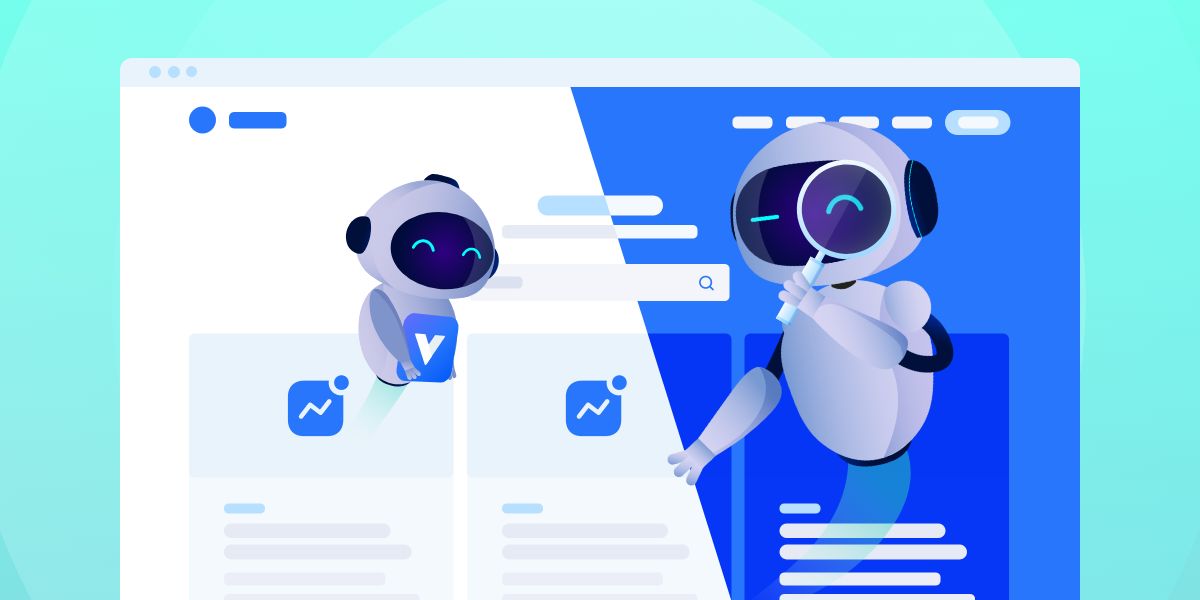
See Virtuoso QA in Action - Try Interactive Demo

Learn the 9 types of regression testing, when to use each, and how Virtuoso QA’s intelligent automation delivers complete regression testing in minutes.
Regression testing protects the investments you've already made. Every code change risks breaking existing functionality. Every new feature might shatter core workflows. Yet most organizations approach regression testing the same way they did in 2010: manually executing test cases, waiting days for results, and hoping nothing breaks in production.
The cost is staggering. Enterprises spend 30-60% of total testing effort on regression. Manual regression testing delays releases by weeks. Incomplete regression coverage ships defects that cost 10-100x more to fix in production than during development.
Different types of regression testing serve different purposes. Complete regression validates everything but takes too long. Selective regression runs faster but might miss critical defects. Progressive regression tests new code integration but ignores unchanged areas. Understanding which type of regression testing to use, when to use it, and how to execute it efficiently determines whether your releases are predictable or chaotic.
AI-native test automation transforms regression testing from time-consuming bottleneck to continuous safety net. This guide reveals the 9 types of regression testing, when each applies, and how intelligent automation enables comprehensive regression in minutes instead of days.
Comprehensive regression testing doesn't require massive teams or months of effort. It requires the right approach and the right platform.
Which types of regression testing do you use? What percentage is automated? How long does regression take? What's your maintenance burden?
What release frequency do you need? What confidence level is acceptable? What coverage is required for critical workflows?
Choose platforms that eliminate maintenance through self-healing, accelerate test creation through Natural Language Programming, and optimize execution through intelligent test selection.
Start with smoke and selective regression for immediate value. Expand to complete regression over time. Continuously improve based on production defect analysis.
Traditional test automation makes some types of regression testing feasible but leaves others prohibitively expensive. AI-native platforms like Virtuoso QA make comprehensive regression testing practical for every release.
The primary barrier to comprehensive regression automation is maintenance cost. Legacy test suites break with every UI change, requiring constant updates that consume 60-80% of automation team capacity.
Virtuoso QA's self-healing achieves 95% accuracy in automatically adapting tests to application changes. When element IDs change, layouts shift, or dynamic content updates, tests adapt without manual intervention. This 81-90% maintenance reduction transforms regression testing economics: comprehensive suites become maintainable with small teams.
Creating comprehensive regression coverage requires thousands of test cases. Traditional scripting approaches take weeks or months to build adequate coverage.
Virtuoso QA's Natural Language Programming enables manual testers to create sophisticated automated tests in hours instead of days. Complex scenarios including API calls, database validation, and conditional logic are expressed in plain English. Organizations achieve 85-93% faster test creation, building comprehensive regression suites in weeks that would take months with traditional frameworks.
Effective regression testing requires understanding which workflows matter most. Manual gap analysis fails to identify all critical paths.
Virtuoso QA's Business Process Orchestration maps tests to business processes automatically, identifying coverage gaps in revenue-critical workflows. This ensures regression testing validates business outcomes, not just technical functionality. Organizations achieve 100% coverage of critical business processes while optimizing effort on lower-priority areas.
Building regression suites from scratch for each application wastes effort. Similar workflows exist across applications, geographies, and business units.
Virtuoso QA's composable testing architecture enables test component reuse across projects. A checkout workflow built once adapts to different applications through configuration. This reduces 1,000+ hours of redundant test creation to 60 hours, accelerating regression coverage buildout by 94%.

Try Virtuoso QA in Action
See how Virtuoso QA transforms plain English into fully executable tests within seconds.